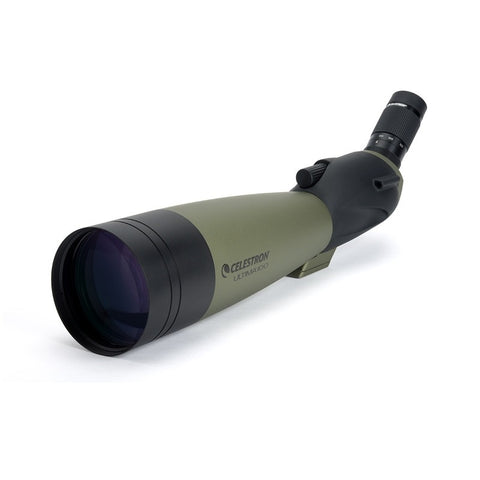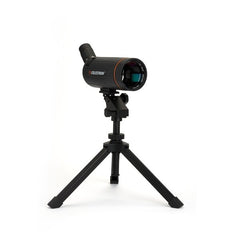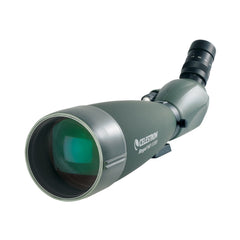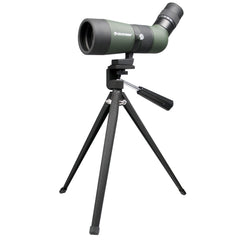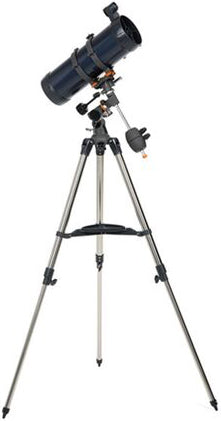Celestron Ultima 100 Zoom Angled Spotting Scope - 52252
Top Astronomy Spotting Scope Brands
Popular Astronomy Spotting Scopes:
Astronomy Spotting Scopes on Sale
Look Up - 5 Quick Tips on Astronomy Spotting Scopes
1. Astronomy spotting scopes are basically compact telescopes designed for terrestrial viewing. They provide range, sensitivity, and power that far exceed those offered by standard binoculars or spotting.
2. Other common scope applications include birding, hunting, surveillance, beginning telephotography, and scenic observing. But point your astronomy spotting scope at the night sky, and your imagination is the limit.
3. There are two basic types: angled and straight. Straight spotting scopes are easier for beginners and for terrestrial viewing. Angled spotting scopes are well-suited for astronomy purposes as they can be comfortably mounted and pointed skyward.
4. These are becoming a popular alternative to more traditional optics, like telescope finderscopes or binoculars, because of their ability to fit high-quality optics into a light, easy-to-carry form factor.
5. Many modern astronomy scopes allow for the use of the lens as a telephoto lens in conjunction with a camera. These lenses generally operate at fixed apertures and with far greater magnifications than standard telephoto lenses, making them ideal for beginning astrophotography.

